Many years ago, my adopted French family, who live in Marseille, invited me to their second home in Bretagne, in western France. I had never been, and since I never pass up the opportunity to either see a new place or see this family that has been so gracious and welcoming to me over the years, I jumped at the chance.
Their home is in Quimperlé, not directly on the beach, but close enough to taste that intoxicating sea air that reminds you you’re close to the coast. It was on this trip that I discovered this gorgeous region of France and subsequently inspired me to make plans to camp there at my next chance. With the company of an expert camper European, we set off from hot and polluted Paris and headed west toward bluer (and damper) landscapes. Having been to enchanting Mont St. Michel before, we skipped it this trip, only just seeing its tiny silhouette in the distance out the right side of the car. Our destination (if only the first one) was clear: St. Malo awaited us.
Brittany and Normandy being so critically important in WWII, it is not uncommon to come across historic sites and markers in both regions. However, we were surprised when our not so advanced search for a campsite led us to one perched atop a German bunker from the War. We enjoyed a relaxed couple of days there, a fascinating tour of the bunker itself, and discovering (albeit a little late) the extraordinary walled city of St. Malo, very reminiscent of Mont St. Michel in many ways. Typical French charm oozes from this place not without tourists due to its historical significance and beauty.
From St. Malo we headed further west, toward one of the most western points in the region at the charming seaside town of Camaret-sur-Mer. From there, we headed further down and a bit more east to Concarneau, which was a favorite as well. We drove largely without aim, using only hints from locals and brochures picked up at tourist offices. We made no reservations in advance and had no problem getting a camping plot. (Note: For a long-term stay, it may not have been so easy.)
This region is best done, in my opinion, with a couple of nights in each spot. Because of the geography and topography, it’s fairly easy to get from one new town to another – and even one coast to another – within just a couple of hours. What is typically Breton is indeed pervasive throughout – fishing culture, cider and crêpes, colorful shutters and façades, thatched roofs, hydrangeas galore, and historically significant spots perfect for visits when you’re looking for something beyond lounging around at the beach or playing at the campsite. Make no mistake, though, even in summer (I was there in late July), this is a damp region and is not a place to go to get a tan. Take sweaters and rain jackets, but more importantly grab your camera and just go.





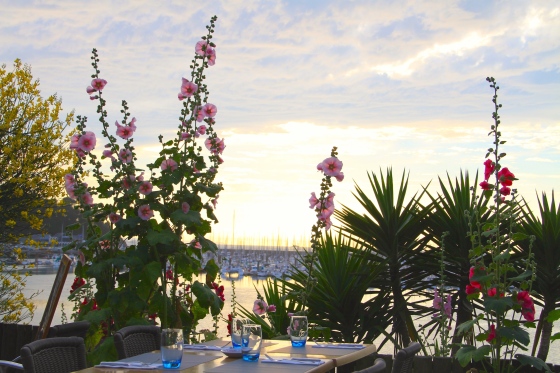
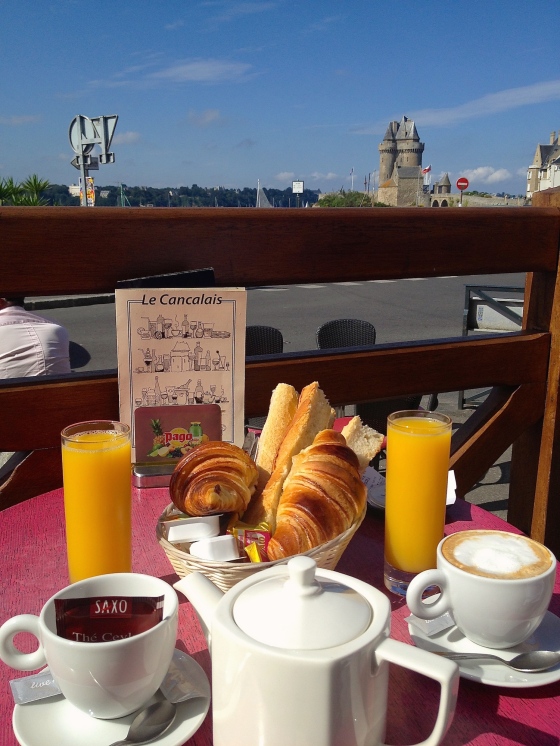
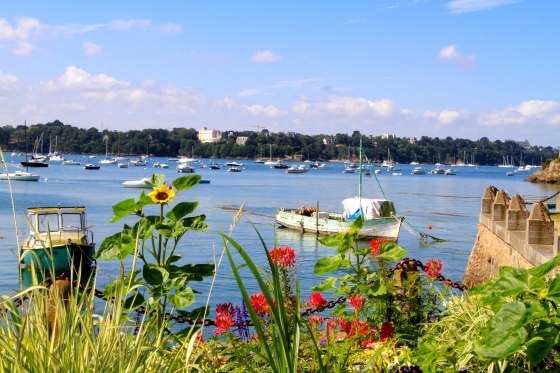
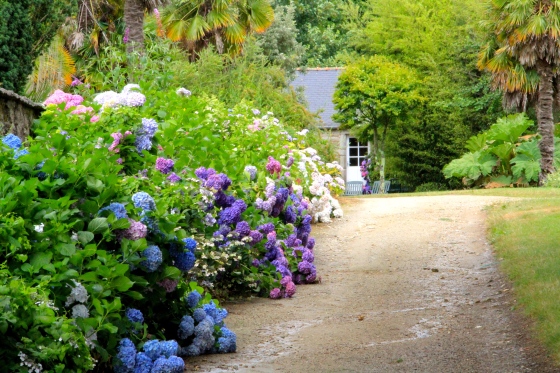


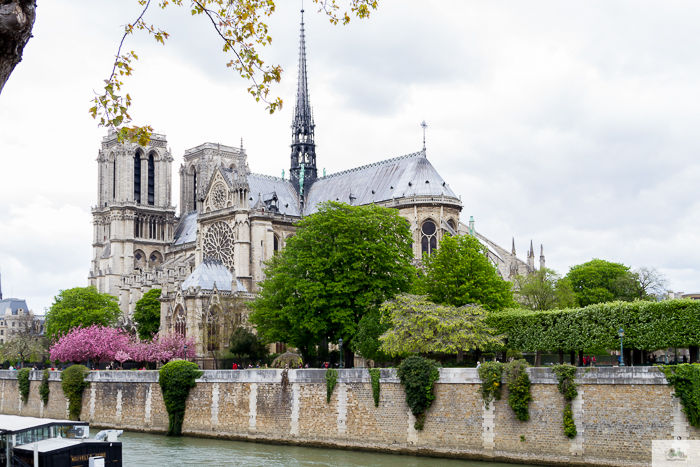
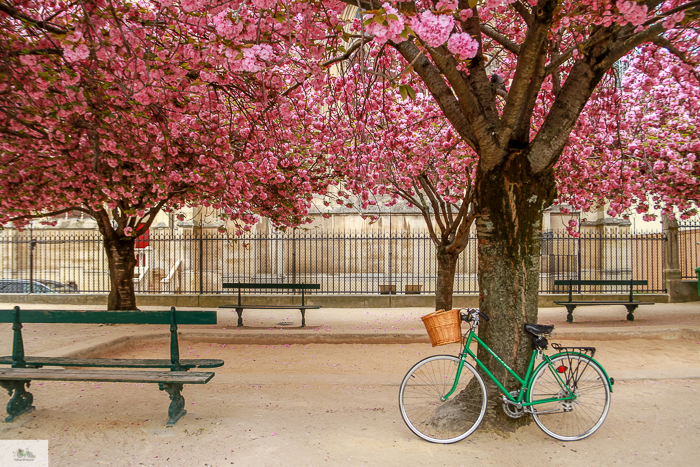
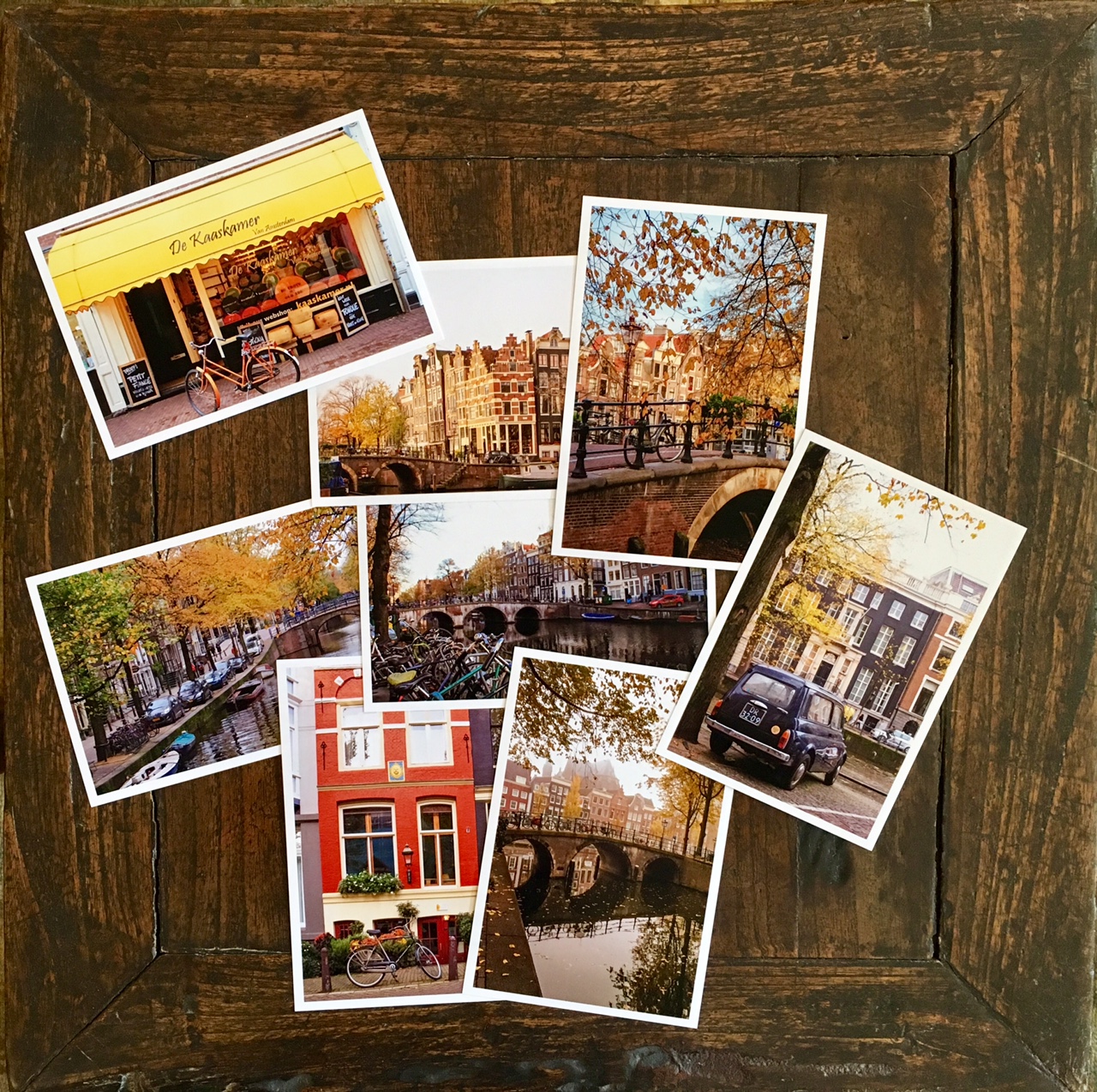
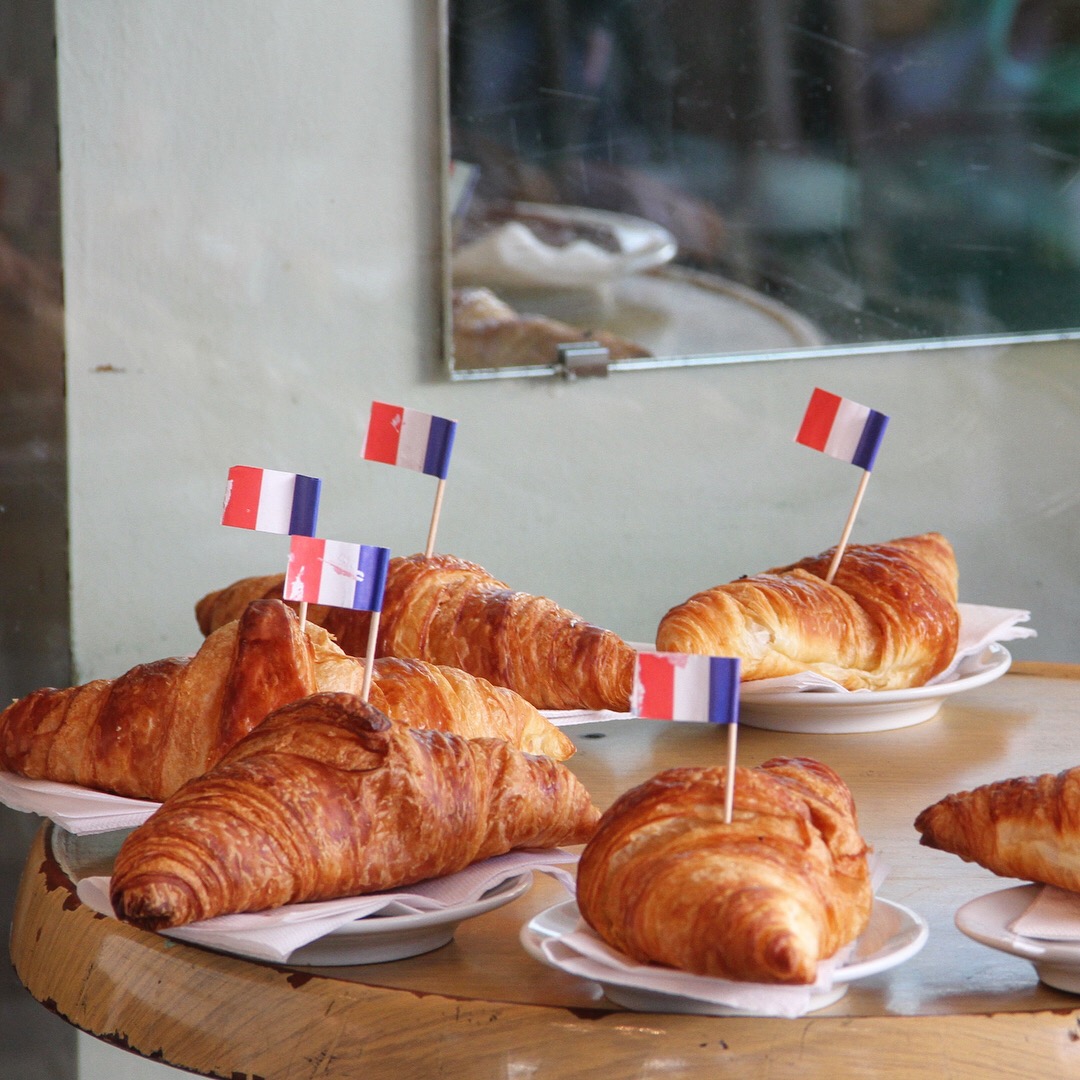
Comments